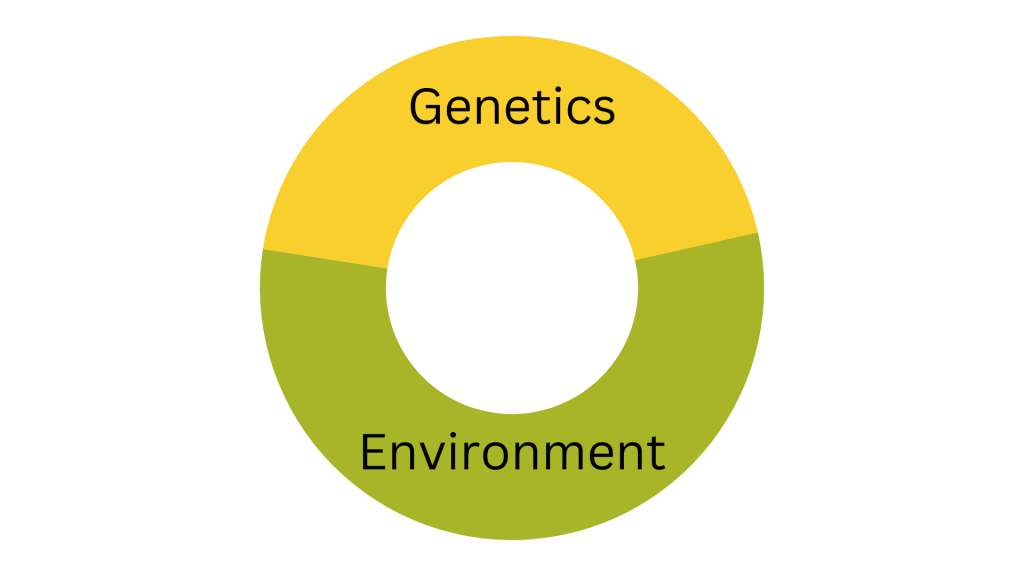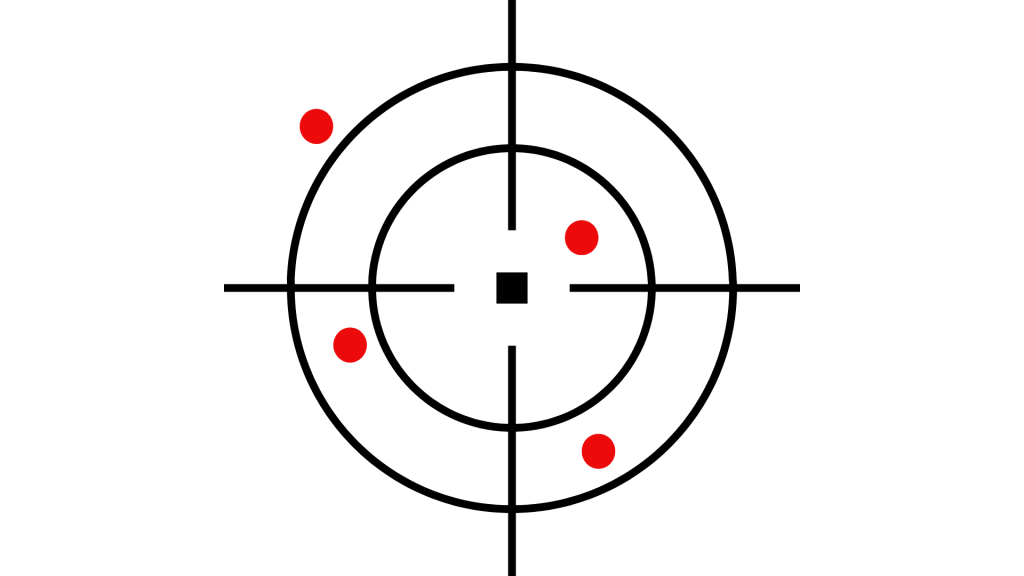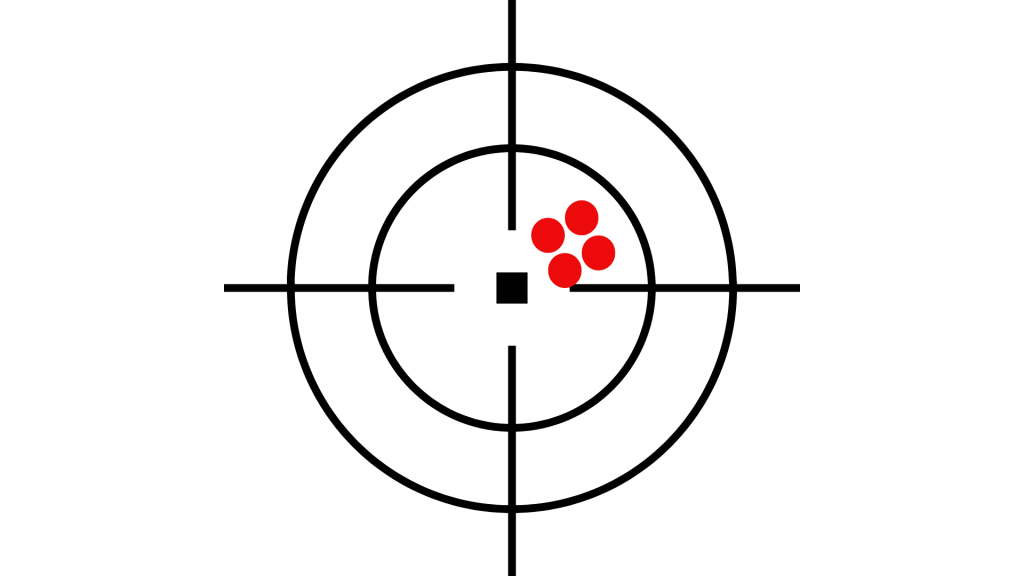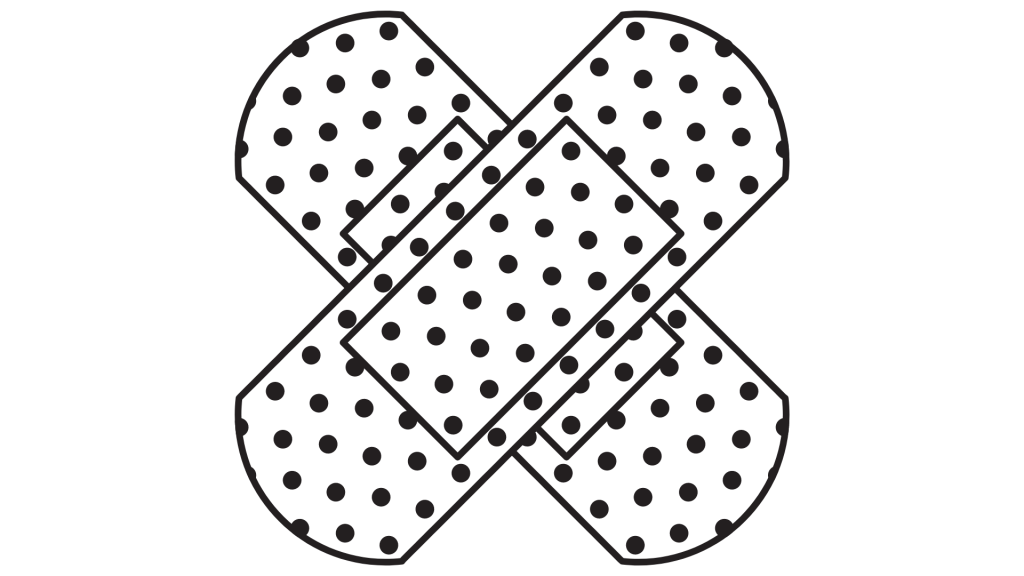There are countless traits that beekeepers may be interested in selecting for, however, not all these traits are actually effective targets for selection.

There are 6 criteria to determine whether a trait is a good candidate for selection in a breeding program (Figure 1). This is important because it’s critical that you are spending time evaluating colonies for traits that will actually result in genetic improvement for economically important traits. By economic you may think we mean things that generate income (e.g. honey), however they can also save money (e.g. low disease) or simply make colonies easier to work with (e.g. low aggression).
1) The trait(s) are economically important

Figure 1. Traits must have value for beekeepers. This may take the form of income generation (honey, wax, pollination services etc), reduction of costs (reduced incidence of pest or disease), or ease of working with them (e.g. aggression, propolis production)
Breeding objective traits, or selection criteria, are chosen because they are important for profitability (Figure 1). This could mean they are traits which contribute to increased income, decreased costs, or improved ease of production. For example, the breeding objective could be having easy to manage bees that produce high honey yield per year. The selection criteria to achieve this objective could be repeated measures of honey yield (kg), aggression, and disease incidence. Some suggested evaluation criteria were presented in a previous article.
2) Traits must be influenced by genetics

Figure 2. Heritability is the proportion of variation in a trait that is due to genetics rather than the environment
In order to change a trait through selection of parent stock, the trait must be influenced by genes; we can’t select for a trait that is governed solely by the environment because the progeny do not inherit the environment (Figure 2).
We do not need to know the specific genes involved, we simply need to demonstrate that the trait is heritable – offspring tend to perform similarly to parents. Heritability gives us the proportion of observed variation in the trait that is due to genetics, after we correct for other important factors that also influence the trait.
Heritability varies between populations and the traits themselves due to differences in genetic variation and the methods used to assess the trait and calculate heritability (Figure 3). You cannot select for a trait if there is no genetic variation.

Figure 3. Heritability for some popular traits from different studies. The bars represent the average
3) Traits can be measured accurately

Figure 4. If you measure a trait inaccurately then the results will be unreliable
Measurement accuracy describes how well we can measure a trait. Are we close to the true value? For example, there are several different ways in which you could measure honey production: scoring on a scale of 1 (low) to 5 (high), taking colony weight as a proxy for honey production, or weighing the honey you extract from each colony. Each of these methods differ in their accuracy. More accurate measurements will result in more accurate comparisons and more accurate Estimated Breeding Values. We recommend weighing supers before and after honey extraction to get the most accurate information. However, given that you may not have the facilities for that we have provided other options.
4) Traits can be measured consistently

Figure 5. Each time this trait has been measured on the same colony the results are similar, and therefore consistent
Measurement consistency (Figure 5) can also be referred to as repeatability. A trait is repeatable if each time you evaluate a colony it ranks similarly. The top colony doesn’t always have to rank as the top colony, but it should be among the top performers on a consistent basis.
Some traits are heavily influenced by the environmental conditions at the time of evaluation. Some examples of these traits are temperament and hygienic behaviour. Care should be taken to evaluate such traits under uniform conditions, and several times to account for the environmental variation.
5) Traits should be easy to measure

Figure 6. If a method is too difficult or requires specialist equipment then bee breeders will be unlikely to use it
Measurement difficulty describes how difficult it is to evaluate a trait (Figure 6). Do you need specialist training? Is specialist equipment required, for example a microscope or liquid nitrogen? Does it take a long time? Selection for genetic change is most effective when all hives can be easily recorded and compared for the important traits.
If a method for measuring traits is too difficult then bee breeders may choose not to evaluate the trait. There is often a trade-off between measurement difficulty and accuracy. For example, you could measure Varroa infestation quickly and easily by doing a sugar shake or alcohol wash, but it won’t be as accurate as opening a large number of brood cells to determine the infestation rate.
6) Traits produce the desired outcome

Figure 7. Putting a band aid on a severed artery will not be effective. What is the result you are hoping to achieve and does measuring this trait help you achieve the result?
Selection for a trait must have the desired effect. For example, some breeding programs have attempted to select for Varroa resistance by decreasing the development time of worker bees. A 1 hour reduction in the length of time required for a bee to develop resulted in a 8.7% reduction in the Varroa population (Büchler & Drescher 1990), because each female mite has less time to produce mature, mated daughters. However, this has not been demonstrated to increase colony survival (Le Conte et al 2020).
The aim here wasn’t to decrease bee development time because that is a desirable trait, but to increase the ability of the population to withstand Varroa. Selecting for reduced development time was successful, but it did not result in increased Varroa resistance. Unless reduced development time contributes positively to other economically important traits (for example honey production) then your efforts are better invested elsewhere.
Acknowledgements:
- Plan Bee (National Honey Bee Genetic Improvement Program) is supported by funding from the Australian Government Department of Agriculture, Fisheries and Forestry as part of its Rural Research and Development for Profit program. The project is further supported by AgriFutures Australia, the Department of Regional NSW, University of Sydney, University of New England Animal Genetics and Breeding Unit, Better Bees WA Inc, Wheen Bee Foundation, Costa Group, Olam, Beechworth Honey, Monson’s Honey and Pollination, South Pacific Seeds, Australian Queen Bee Breeders Association, Australian Honey Bee Industry Council, and commercial beekeepers.
- Chapman & Frost (2021) Plan Bee Breeding Manual. AgriFutures Australia
- Büchler & Drescher (1990) Variance and heritability of the capped developmental stage in European Apis mellifera L. and its correlation with increased Varroa jacobsoni Oud. infestation. Journal of Apicultural Research 29: 172-176
- Le Conte et al (2020) Geographical distribution and selection of European honey bees resistant to Varroa destructor. Insects 11: 873
- This article was peer-reviewed by Erica Mo and Corinne Jordan.

